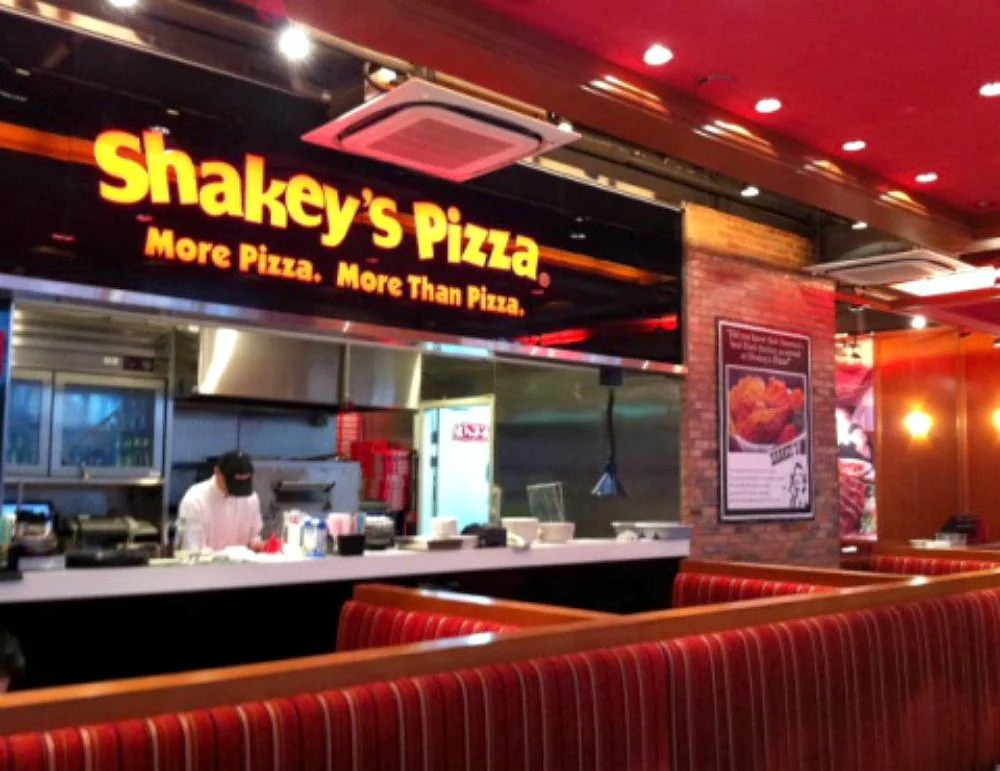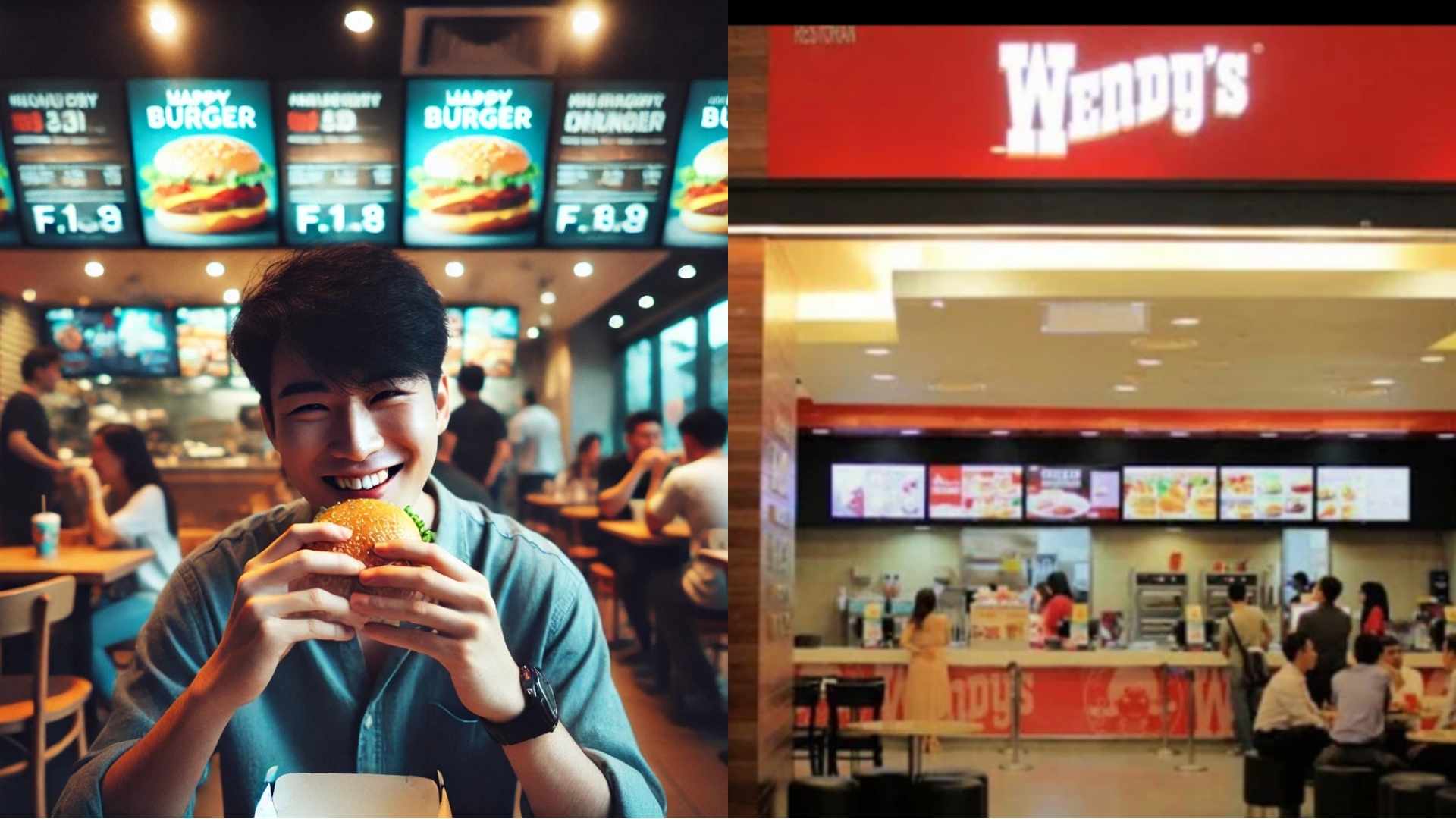MALAYSIA: A recent Reddit thread titled “I Miss Wendy’s” has sparked waves of nostalgia among Malaysians as users recall their favourite fast-food chains that have disappeared from the local food scene. The discussion, which gathered considerable attention, highlights not just a longing for these lost eateries but also serves as a reflection of changing consumer tastes and market challenges faced by global franchises in Malaysia.
One Redditor shared their disappointment, stating, “Used to be my favourite place in Sunway. The mushroom melt is so good.” Another user, however, expressed frustration, “I loved it, but apparently, it was terribly mismanaged. Such a shame.”
Despite these sentimental comments, some Reddit users were less than enthusiastic about the brand’s departure. One critic wrote, “Bring in a franchise, run it, let it fail, shut it down, then bring in a new one. Rinse and repeat. Luckily, we have a lot more burger options now, so I don’t miss Wendy’s much.” Another added, “We once had Wendy’s in Malaysia?! Dang!”
Why did Wendy’s leave Malaysia?
Wendy’s first entered Malaysia in the 1980s but struggled to maintain a strong foothold in the competitive fast-food market. After a period of absence, the American burger chain made a comeback in 2008 under a new franchise operator. However, in March 2019, it quietly exited again, leaving only a handful of Southeast Asian markets, such as Indonesia and the Philippines, still serving its famous square burgers.
According to reports from The Stoly, Wendy’s faced difficulties adapting to local tastes and price sensitivities. Unlike McDonald’s and KFC, which tailored their menus to include rice-based meals and spicy variations to cater to Malaysian palates, Wendy’s offerings remained mostly Western-centric. Additionally, stiff competition from more affordable fast-food alternatives like Burger King and Texas Chicken made it challenging for the brand to sustain operations.
Other fast-food chains that have disappeared from Malaysia
Wendy’s isn’t the only franchise that Malaysians still reminisce about. Several other beloved chains have also disappeared over the years, leaving behind only fond memories.

Shakey’s Pizza – Known for its thin-crust pizzas and signature Mojos (deep-fried potato slices), Shakey’s was a popular pizza chain in Malaysia during the 1990s. However, it gradually lost market share to larger competitors such as Pizza Hut and Domino’s, eventually leading to its complete exit from the country by 2009.

Hartz Chicken Buffet – A fried chicken lover’s paradise, Hartz Chicken Buffet allows customers to enjoy an all-you-can-eat buffet-style dining experience. Unfortunately, due to rising costs and changing consumer habits, its last known outlets at Sunway Pyramid and Berjaya Times Square ceased operations, marking the end of an era.

A&W (Before Its Comeback) – A&W, famous for its root beer floats and coney dogs, faced a significant decline in the early 2010s, leading to the closure of many of its outlets. However, the brand made a successful comeback, rebranding itself with a modernised image and revamping its menu.
Why do fast-food chains fail in Malaysia?
The fast-food industry in Malaysia is fiercely competitive. Major brands like McDonald’s, KFC, and local favourite Marrybrown have built a loyal customer base by continuously adapting their menus and pricing strategies to suit local preferences. Several factors contribute to the downfall of international chains in the Malaysian market:
- Failure to Adapt to Local Tastes – Many foreign franchises stick to their original menus without incorporating Malaysian flavours, which can alienate local consumers.
- Pricing and Affordability – With the cost of living on the rise, Malaysians are more inclined to choose fast-food options that offer value for money. Brands that price themselves too high often struggle to compete.
- Strong Local Competitors – Homegrown fast-food chains like Marrybrown have gained traction by offering familiar, affordable options tailored to local preferences.
- Franchise Management Issues – Poor management, supply chain problems, and high operational costs often lead to the closure of multiple outlets before a brand can establish itself.
Are fast-food closures a blessing in disguise?
While many Malaysians feel nostalgic about these fast-food chains, their disappearance may not be entirely bad news. Health experts have long warned about the risks of excessive fast-food consumption, citing links to obesity, diabetes, and heart disease.
The health risks of fast food
Fast food is widely known for its high calorie, sugar, salt, and unhealthy fat content. According to the World Health Organization (WHO), a diet high in processed fast food increases the risk of non-communicable diseases (NCDs), including cardiovascular disease, type 2 diabetes, and hypertension.
In Malaysia, obesity rates have been on the rise, with a 2019 report from the National Library of Medicine revealing that nearly 50% of adults are either overweight or obese. Fast food plays a major role in this, as it is not only convenient but also widely accessible and heavily marketed to young consumers.
According to a 2019 study published in the British Medical Journal (BMJ), frequent fast-food consumption is associated with:
- A higher risk of metabolic syndrome, which increases the chances of developing type 2 diabetes.
- Increased sodium intake leads to high blood pressure and kidney problems.
- A higher likelihood of obesity due to excessive calorie consumption without adequate nutrient intake.
Healthier alternatives to fast food
Although fast food is deeply ingrained in modern lifestyles, there are ways to enjoy it more healthily.
- Opt for grilled instead of fried options – Grilled chicken sandwiches or burgers are often lower in fat than their deep-fried counterparts.
- Reduce portion sizes – Many fast-food meals come in oversized portions, contributing to excessive calorie intake.
- Choose water over sugary drinks – Soft drinks are loaded with sugar and empty calories; switching to water or unsweetened beverages can help reduce sugar intake.
- Balance meals with healthier food choices – If you indulge in fast food, try to balance it out by consuming more vegetables, fruits, and lean proteins in other meals.
The future of fast food in Malaysia
Despite the closure of several international brands, Malaysia’s fast-food industry remains dynamic. New brands continue to enter the market, while homegrown chains like Marrybrown and Texas Chicken thrive by catering to local tastes. The key to success appears to be adaptability—brands that localise their menus, price their offerings competitively, and provide a better customer experience tend to fare better.
While Malaysians continue to reminisce about their favourite fast-food haunts from the past, perhaps it’s also an opportunity to embrace healthier food options without completely abandoning guilty pleasures. After all, food trends evolve, but nostalgia? That never fades.

